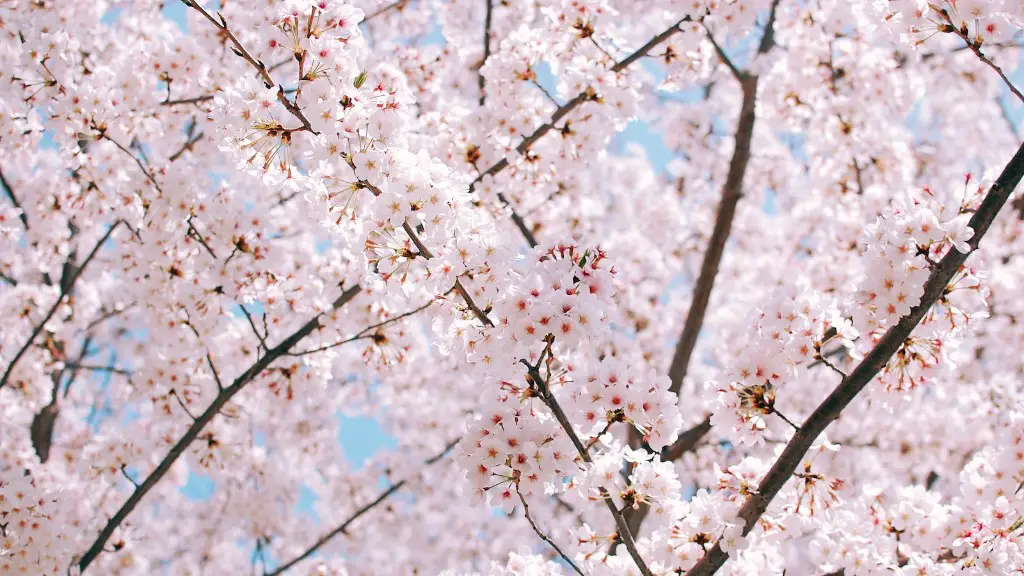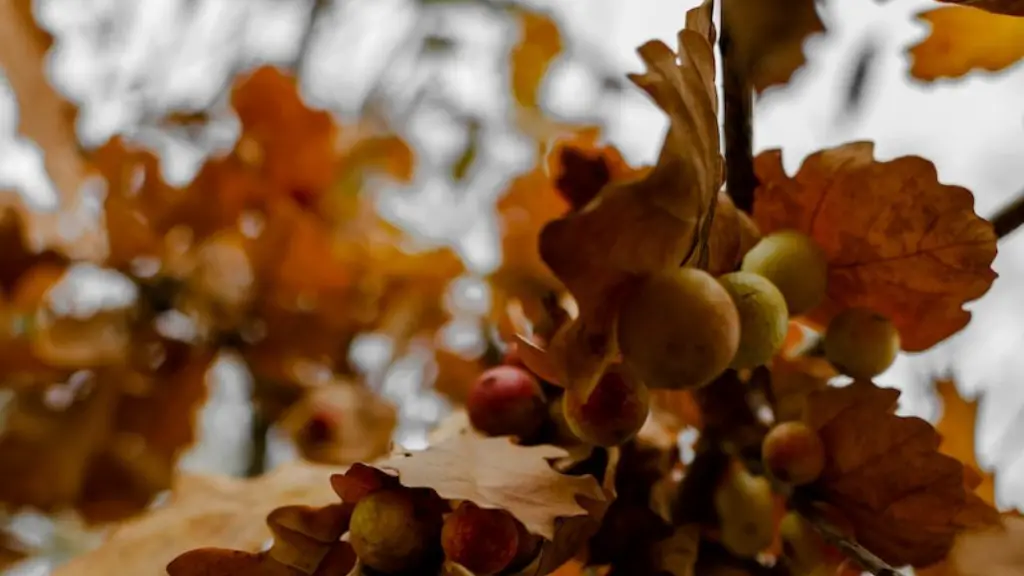Pruning a flowering cherry tree is an important element of tree maintenance that should not be overlooked. By pruning your cherry tree properly, you can enjoy an attractive, healthy, and long-lasting tree.
Cherry trees begin blooming at a young age so when beginning to prune a cherry tree, it is important to remember not to severely prune a newly planted tree. Doing so can strip the tree of its size, shape and even its vital energy. Additionally, heavily pruning a young tree can slow or even halt its growth completely.
To properly prune a cherry tree, the branches should be trimmed to maintain their natural shape. Virtually all trees prefer to grow in a natural shape, and when developing your pruning technique, it is important to remember not to attempt to shape the tree too aggressively. To shape the tree, prune away only the longer, more unruly branches and prune in such a way that the entire tree is balanced.
When pruning, be sure to avoid cutting into the main branches of the tree. These main branches are the first, second, and third smaller branches off of the trunk of the tree. Pruning these branches can cause damage to the tree and may even interrupt the tree’s blossoming cycle.
In order to maintain the tree’s health and its ability to provide healthy leaves and blooms, it is suggested to make sure that at least 2 or 3 healthy leaves are left on each branch after pruning. It is also important to prune frequently to eliminate clutter from the branches.
Experts suggest that rather than cutting away large amounts of branches during one session, it is preferable to spread out pruning into small amounts over the course of several sessions. This will allow the tree to adjust to the changes and will also prevent any further damage that could otherwise be done with improper pruning.
Fertilizing the Tree
It is important to fertilize your flowering cherry tree after pruning to ensure that it receives the nutrients it needs to grow. Fertilizing helps to ward off pests and can also help to improve the overall health of the tree. It is important to use a fertilizer that is specifically designed for use on flowering trees.
It is suggested to slowly add the fertilizer over the course of the growing season for best results. Additionally, be sure to water the tree after every few times that you add fertilizer. This will help to ensure even absorption of the nutrients. Also, fertilizer should not come into contact with the tree’s root system.
To make sure the fertilizer is spread evenly throughout the root system, it is advised to sprinkle the fertilizer around the tree’s perimeter rather than around the trunk. This will ensure that the fertilizer is properly absorbed by the entire root system. Proper fertilization of a tree can add to its longevity and make it more attractive overall.
Preventing Disease and Pests
The most common diseases that affect flowering cherry trees include brown rot and crown rot, both of which can lead to eventual tree death. To prevent these diseases from occurring, it is important to make sure the tree is receiving proper pruning, fertilizing, and watering. Furthermore, it is recommended to regularly inspect the tree for signs of disease.
In addition to the diseases that affect cherry trees, there are a number of pesky pests that can do damage to the tree as well. To prevent pests from taking hold of the tree, it is important to practice good hygiene and make sure that fallen leaves and other debris are cleared away from the tree regularly. In addition, if any birds or pests are spotted within the vicinity of the tree, it is important to take action in removing them quickly.
To help protect the tree from disease and pests, it is also important to avoid unnecessary use of pesticides and fungicides. Pesticides and fungicides, if overused, can actually do more damage than good and can also interfere with beneficial insect activity in the area. It is important to remember that while these products offer some protection against pests and diseases, they are not a complete solution and should only be used when absolutely necessary.
Creating a Maintenance Schedule
To ensure that your flowering cherry tree remains healthy, it is important to create a routine maintenance schedule for the tree. This should include such tasks as regular pruning, fertilizing, and watering. Additionally, it is important to routinely inspect the tree for any signs of disease or pests.
By creating a maintenance schedule, you can make sure that the tree is receiving the necessary care it needs to stay healthy. Additionally, by regularly pruning the tree, you can ensure that it grows in a healthy manner and remains attractive.
Finally, it is also important to remember that pruning must be done in accordance with the species of the tree. Different species of cherry trees require different levels of pruning and care and by reading the specific species’ recommendations, you can make sure that your tree enjoys optimal health.
Caring for New Growth and Branches
After a cherry tree is pruned and the new growth is visible, it is important to provide adequate care for the new branches. This includes ensuring that the new branches receive enough water, sunlight and nutrients. Additionally, it is also important to monitor the tree for signs of disease or pests that may be attracted to the new growth.
It is also suggested that the new growth be treated gently, as the youthful nature of these new branches makes them more susceptible to damage. To nurture these branches, the tree must be regularly examined to check on the health of the new growth and if necessary, more fertilizer or additional care should be provided to any branches that are in need of special attention.
When it is time to prune the growth, it is important to carefully inspect each branch before cutting. Removing too much or too little can have a serious impact on the overall health and growth of the tree and so pruning should be done with the utmost care and consideration.
Caring for Dead or Dying Branches
When examining your flowering cherry tree for dead or dying branches, it is important to locate and remove them promptly. Dead or dying branches can spread disease and attract unwanted pests, so it is important to get rid of them as quickly as possible to prevent further damage from occurring.
If the dead or dying branch cannot be removed by the regular pruning process, then it is advised to remove it by cutting it away from the branch collar, which is located at the point where the branch meets the trunk. Once the branch has been removed, it is important to inspect the area for signs of decay or fungal infestation and if any is found, it is important to quickly treat the area with an appropriate fungicide.
By taking care of dead or dying branches promptly, you can help to prevent the spread of disease from occurring and can also help to make sure that your flowering cherry tree remains healthy and attractive for years to come.
Caring for the Soil
In addition to proper pruning, fertilizing and pest control, it is also important to care for the soil surrounding your flowering cherry tree. By amending the soil to improve drainage and aeration, you can give the tree the necessary nutrients and ventilation it requires to ensure its healthy growth.
It is suggested to mix in organic matter such as compost, manure, or leaf litter to the soil to improve fertility. Additionally, it is important to use mulch around the base of the tree to help prevent evaporation from the soil. Mulch can also help to suppress weeds and can also help to keep moisture in during the hot summer months.
Finally, it is also important to make sure that the soil is tested regularly. Testing the soil can help to determine if there are any nutritional deficiencies that need to be addressed and by doing so, you can help to make sure that your flowering cherry tree receives all of the necessary nutrients for optimal health.





